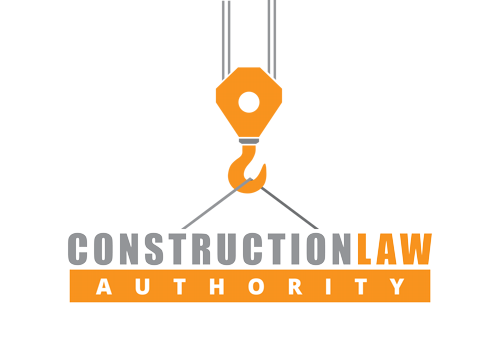Life Safety Defects: The Importance of Giving Prompt Notice
It usually starts out small. Perhaps you noticed a leak in the hallway, or some loose stucco on your balcony. While these items may not seem like the types of problems owners normally associate with a “life safety emergency”, that does not change the fact that these items could eventually pose a potential risk to your health, safety, or welfare. The loose stucco may eventually fall off, endangering persons or property situated below it. Moreover, the gap left behind by the missing stucco could leave your building exposed to rain or other sources of moisture intrusion. The leak, if ignored, could eventually lead to the formation of mold behind the drywall, which could spread to other areas.
Generally, in such a situation, you may be solely focused on locating the source of a defect and repairing it. However, property owners often need to take a step back and consider the following issues:
- Do you need to give notice to any persons or entities pursuant to an express warranty, construction contract or service agreement?
- Would self-performing a repair void any existing warranties?
- Is the property subject to the pre-suit notice requirements of Chapter 558, Fla. Stat., Florida’s Construction Defects Statute?
Owners usually have a duty to give potentially responsible parties, such as the developer, contractors, and design professionals, among others, written notice of any defects which could present a danger to a person’s health, safety or welfare.
The written notice serves two important purposes. First, it gives the owner an opportunity to have responsible third parties correct the defects. Second, in the event the owner decides to pursue a claim for construction defects, the notice documents the conditions as they existed prior to the commencement of any emergency repairs.
Among other things, the owner’s written notice should: (1) describe the emergency conditions in reasonable detail, (2) provide the notified parties with an opportunity to inspect and cure the emergency conditions as soon as possible, and (3) if applicable, include notice of the owner’s intent to repair or mitigate the defects.
The failure to provide a timely written notice could delay or even hurt the owner’s ability to bring a claim for construction or design defects. Consequently, owners are in danger of losing considerable time and money when they do not follow this statutory procedure. This is exactly why property owners should speak with their attorneys upon discovery of any defects, particularly those which may impact the health, safety or welfare of themselves or others.


No Comments